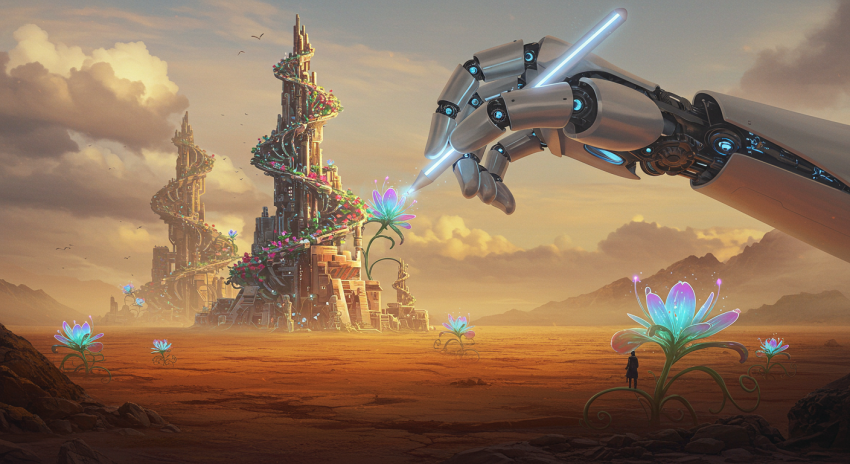 Artificial Intelligence (AI) has made significant strides in various domains, and one of the fascinating areas of AI is image generation. The ability of AI algorithms to generate realistic and high-quality images has opened up a world of possibilities in industries such as entertainment, design, advertising, and more. In this blog post, we will delve into the implications and use-cases of AI image generation, exploring the potential benefits and ethical considerations surrounding this innovative technology.
Artificial Intelligence (AI) has made significant strides in various domains, and one of the fascinating areas of AI is image generation. The ability of AI algorithms to generate realistic and high-quality images has opened up a world of possibilities in industries such as entertainment, design, advertising, and more. In this blog post, we will delve into the implications and use-cases of AI image generation, exploring the potential benefits and ethical considerations surrounding this innovative technology.
Enhancing Creativity and Design
AI image generation offers a powerful tool for enhancing creativity and design processes. Designers and artists can leverage AI algorithms to generate visual concepts, explore different styles, and gain inspiration for their projects. By feeding the AI model with specific inputs, designers can receive a range of generated images that can serve as a starting point for further refinement and iteration.
Concept Art and Illustration: AI image generation can assist concept artists and illustrators in bringing their ideas to life. Artists can use AI algorithms to quickly generate rough sketches or visual references based on their descriptions or initial drawings, saving time and providing inspiration for further refinement.
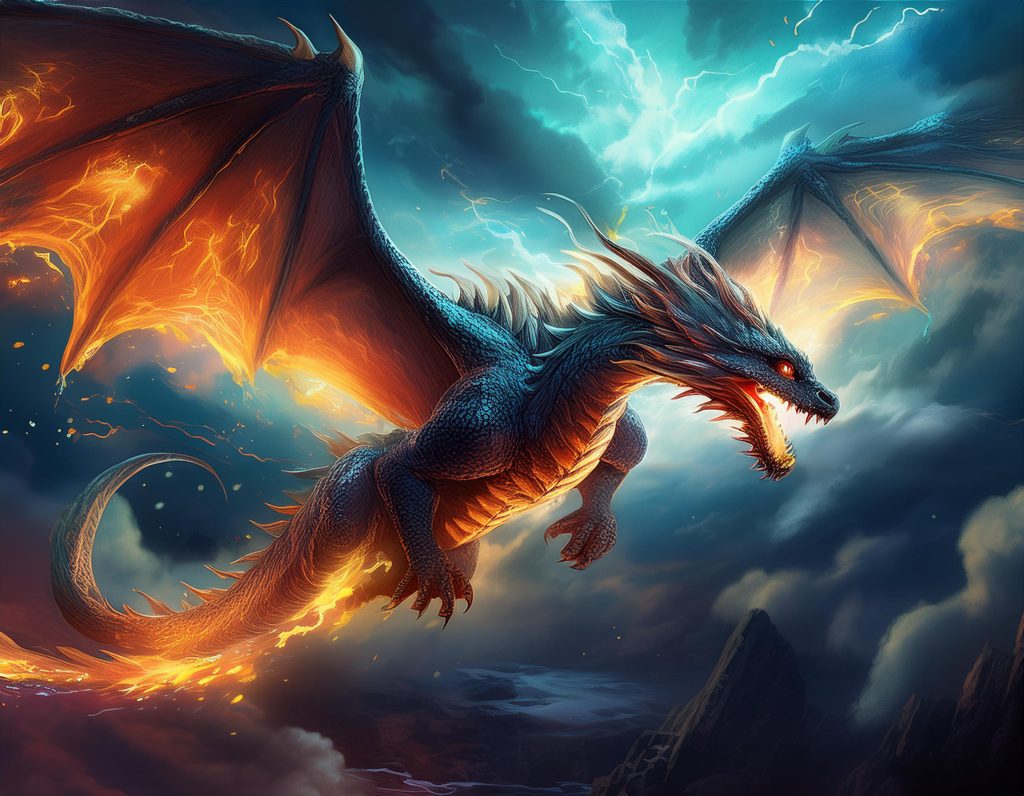
Graphic Design and Advertising: AI image generation can aid graphic designers in creating compelling visuals for advertisements, marketing materials, and branding. Designers can leverage AI algorithms to generate unique graphics, logos, or background elements, providing a starting point for their creative process.
Virtual and Augmented Reality (VR/AR) Experiences: AI image generation can enhance VR/AR experiences by creating realistic and immersive environments. AI algorithms can generate high-quality textures, objects, and landscapes, resulting in visually stunning virtual worlds that feel more lifelike and engaging.
Fashion and Product Design: AI image generation can be utilized in fashion and product design to explore different styles, patterns, and variations. Designers can input specific parameters or preferences, and AI algorithms can generate a wide range of design options, helping designers in the ideation and prototyping phases.
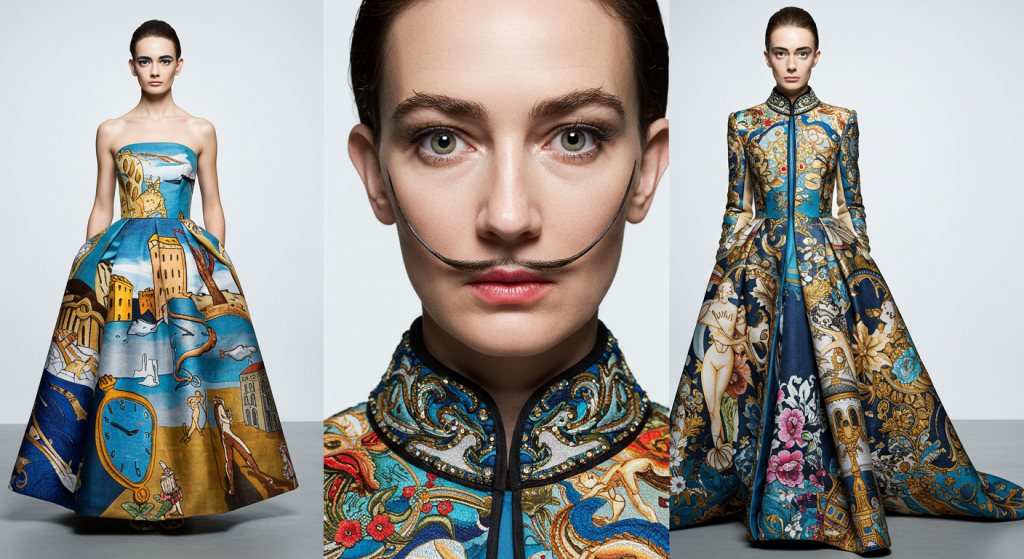
Interior Design and Home Styling: AI image generation can assist interior designers in visualizing and experimenting with different room layouts, furniture arrangements, and decor styles. Designers can input room dimensions and desired aesthetics, and AI algorithms can generate realistic 3D visualizations, enabling clients to visualize their spaces before implementation.
User Interface (UI) and User Experience (UX) Design: AI image generation can support UI/UX designers in creating visually appealing and user-friendly interfaces. Designers can use AI algorithms to generate design elements, icon sets, or layout suggestions, optimizing the user experience and speeding up the design iteration process.
Fine Art and Generative Art: AI image generation can inspire and collaborate with fine artists and generative artists. Artists can utilize AI algorithms as creative tools, exploring new styles, experimenting with generative processes, or incorporating AI-generated elements into their artwork, leading to unique and innovative artistic expressions.
Architecture and Landscape Design: AI image generation can assist architects and landscape designers in visualizing and iterating on building designs, outdoor spaces, and urban landscapes. AI algorithms can generate realistic 3D models, renderings, and visualizations, enabling designers to evaluate different design options and communicate their ideas effectively.
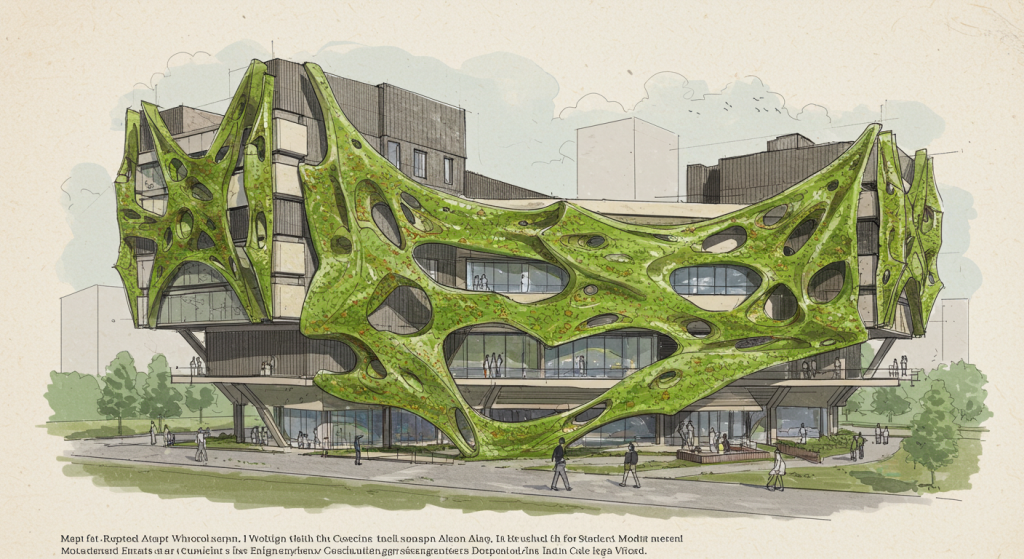
These are just a few examples of how AI image generation can enhance creativity and design in various fields. The possibilities are vast, and as AI technology advances, we can expect even more exciting applications that empower designers and creators to push the boundaries of their imagination and deliver exceptional visual experiences.
 Virtual Worlds and Gaming
Virtual Worlds and Gaming
The gaming industry has embraced AI image generation to create immersive virtual worlds. AI algorithms can generate realistic landscapes, characters, and objects, enhancing the overall gaming experience. This technology allows game developers to efficiently produce vast amounts of content and adapt to player preferences, leading to dynamic and captivating game play environments.
The use case of AI image generation in virtual worlds and gaming is particularly fascinating and holds immense potential. Here are more details on how AI can enhance this domain:
Procedural World Generation: AI image generation can be used to create vast and diverse virtual worlds with minimal manual effort. AI algorithms can generate terrains, landscapes, vegetation, and other environmental elements procedurally, resulting in expansive and realistic virtual worlds that offer unique gameplay experiences.
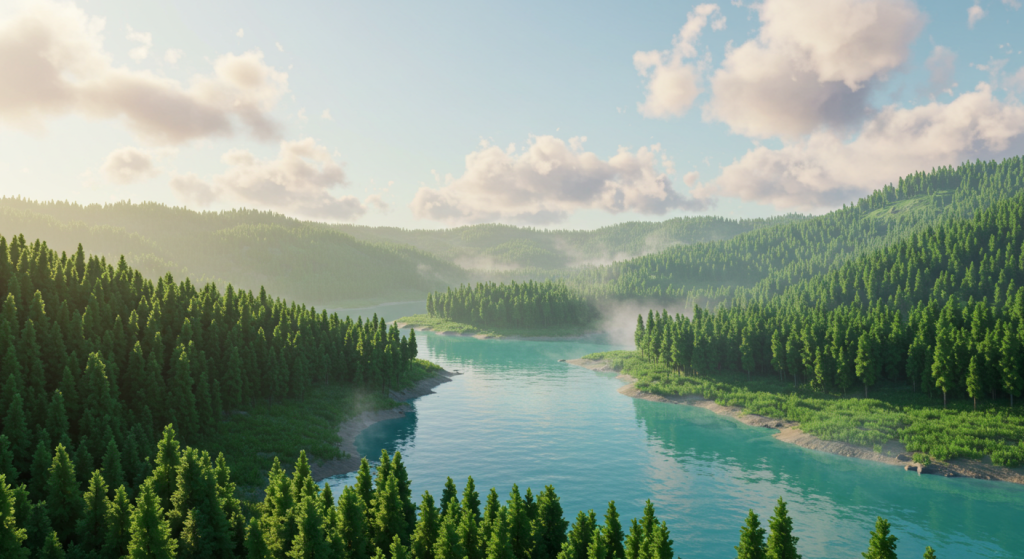
Character Design and Animation: AI image generation can aid in character design and animation for games. AI algorithms can generate a wide range of character models, each with unique appearances, clothing, and features. This allows game developers to populate their virtual worlds with diverse and visually appealing characters, enhancing the overall immersion.
Dynamic Level Design: AI image generation can assist in creating dynamic and ever-changing levels within games. By leveraging AI algorithms, developers can generate random or procedurally generated maps, terrain layouts, and environmental details. This introduces a level of unpredictability and replayability, keeping players engaged and excited.
Realistic Physics and Simulation: AI image generation can enhance the realism of physics-based simulations within virtual worlds and gaming. By utilizing AI algorithms, developers can generate realistic physics simulations for fluid dynamics, cloth behavior, object interactions, and more. This adds depth and authenticity to the virtual environment, making it more immersive for players.
Virtual Reality (VR) Experiences: AI image generation can be used to create visually stunning and immersive VR experiences. By employing AI algorithms, developers can generate high-resolution textures, detailed environments, and realistic lighting effects, resulting in a truly captivating and lifelike virtual reality environment.

Non-Playable Characters (NPCs): AI image generation can contribute to the creation of non-playable characters (NPCs) within games. By utilizing AI algorithms, developers can generate AI-controlled characters with realistic appearances, behaviors, and expressions. This adds depth to the game’s narrative and interactions, making the virtual world feel more alive.
Environmental Effects and Special Effects: AI image generation can be used to generate stunning visual effects and environmental elements within virtual worlds. AI algorithms can simulate realistic weather conditions, particle effects, fire, water, and other atmospheric phenomena. This creates a visually immersive experience for players, adding depth and realism to the virtual environment.
World Building and Asset Creation: AI image generation can assist in the creation of assets and objects within virtual worlds. By employing AI algorithms, developers can generate 3D models, textures, and materials for buildings, vehicles, items, and more. This streamlines the asset creation process and allows for the rapid development of rich and visually appealing virtual environments.
The use of AI image generation in virtual worlds and gaming opens up endless possibilities for creating immersive, visually stunning, and dynamic experiences. As AI technology continues to advance, we can expect even more innovative applications that push the boundaries of virtual world creation and gaming realism.
Advertising and Marketing
AI-generated images have found their way into advertising and marketing campaigns. Brands can leverage AI algorithms to create visually appealing and customized content. By understanding consumer preferences and trends, AI can generate images that resonate with target audiences, making advertisements more engaging and increasing brand recognition.
Personalized Ads: AI image generation can help create personalized ads tailored to individual preferences and demographics. By analyzing user data and behavior patterns, AI algorithms can generate customized visuals that resonate with specific target audiences. This level of personalization improves ad relevance and increases the chances of capturing users’ attention, ultimately leading to higher conversion rates.
Dynamic Ad Campaigns: AI image generation enables the creation of dynamic and adaptive ad campaigns. Marketers can leverage AI algorithms to generate variations of ads with different visuals, messages, and layouts. These dynamically generated ads can be optimized in real-time based on user interactions and feedback, allowing marketers to continuously refine their campaigns for maximum impact.
A/B Testing: AI image generation facilitates A/B testing in advertising and marketing. Marketers can create multiple versions of an ad with different visuals and test them against each other to determine which performs better. By analyzing user responses and engagement metrics, AI algorithms can provide insights into the most effective visuals, enabling marketers to optimize their ad creatives and improve campaign performance.
Content Creation: AI image generation can assist in the creation of visual content for marketing purposes. Marketers can use AI algorithms to generate high-quality images, graphics, and illustrations that align with their brand identity and messaging. This streamlines the content creation process, reduces the reliance on external resources, and enables marketers to produce visually appealing materials at scale.
Product Visualization: AI image generation can help visualize products in advertising and marketing campaigns. By generating realistic and high-resolution images of products, marketers can showcase their offerings in various contexts, allowing customers to visualize them before making a purchase. This enhances the overall customer experience and increases the likelihood of conversion.
Visual Search: AI image generation plays a crucial role in visual search technology. By training AI models to understand the visual attributes of products, marketers can enable users to search for similar items based on images. This enhances product discovery and enables marketers to deliver more relevant recommendations, leading to improved customer satisfaction and increased sales.
Overall, AI image generation revolutionizes advertising and marketing by enabling personalized ads, dynamic campaigns, A/B testing, streamlined content creation, product visualization, and visual search capabilities. Marketers who leverage AI in their visual content strategies gain a competitive edge in capturing users’ attention, driving engagement, and maximizing campaign effectiveness.
Comparison of Popular AI Image Generation Tools
Here is a comparison of the most popular AI-powered image generation tools available in 2025:
| Tool Name | Features | Pricing | Reference |
|---|---|---|---|
| Adobe Express | Advanced customization, style templates, high-quality renders, integration with Adobe Suite | Free with premium options | Adobe Express |
| DALL·E 3 | State-of-the-art natural language processing, artistic styles, and photorealistic rendering | Free with OpenAI subscription | OpenAI DALL·E |
| ImageFX | Easy-to-use interface, real-time previews, extensive library of pre-built assets | Free | ImageFX Official |
| Imagen3 | High-resolution outputs, artistic style generation, multilingual support | Free | Imagen3 |
| Stable Diffusion | Open-source AI image generator, customizable models, supports large datasets | Free | Stable Diffusion |
| ChatGPT ImageGen | Natural language prompts, detailed descriptions, wide range of artistic styles | Free | ChatGPT Image Generator |
| BlackBox AI | Collaborative tools for team-based projects, version control, and high scalability | Free with advanced features | BlackBox AI |
| Canva AI | Integrated design tools, templates, and AI image generation | Free with premium options | Canva AI Tools |
Ethical Considerations
While AI image generation offers remarkable opportunities, it also raises ethical considerations. Issues such as intellectual property rights, privacy, and potential misuse of AI-generated images need careful consideration. Clear guidelines and regulations are necessary to ensure responsible usage, protect creators’ rights, and prevent the creation of deepfakes that could be used for malicious purposes.
AI image generation has revolutionized various industries, unlocking new possibilities and empowering creative professionals. From enhancing design processes to creating immersive virtual worlds and aiding in art restoration, the implications of AI image generation are vast. However, it is crucial to navigate these advancements ethically and responsibly, addressing potential challenges and ensuring the technology is harnessed for the greater good.
As AI continues to advance, we can expect further developments and exciting use-cases in image generation. Embracing this technology while upholding ethical standards will enable us to leverage its potential and create a future where AI and human creativity work hand in hand.
For more content like this visit our blog page.
